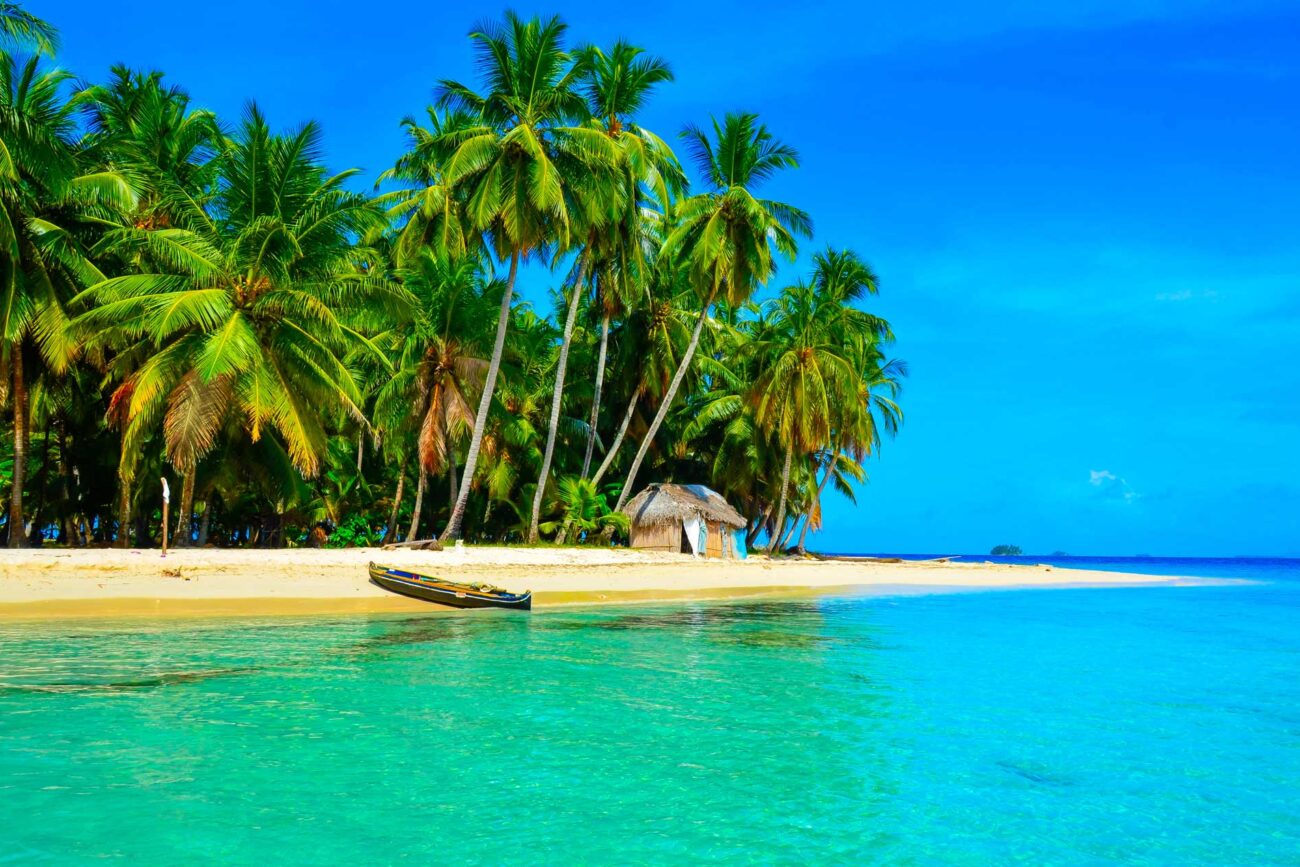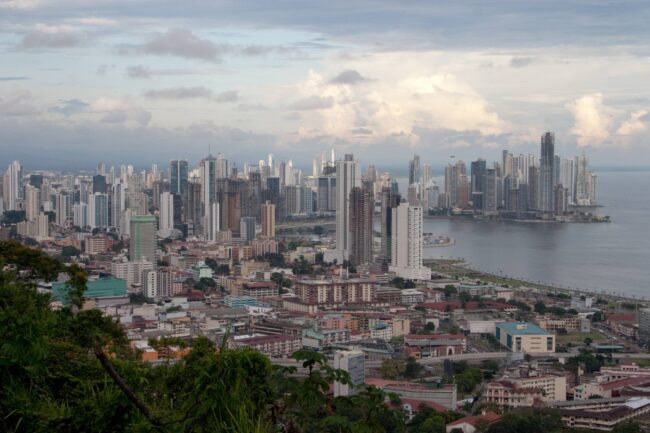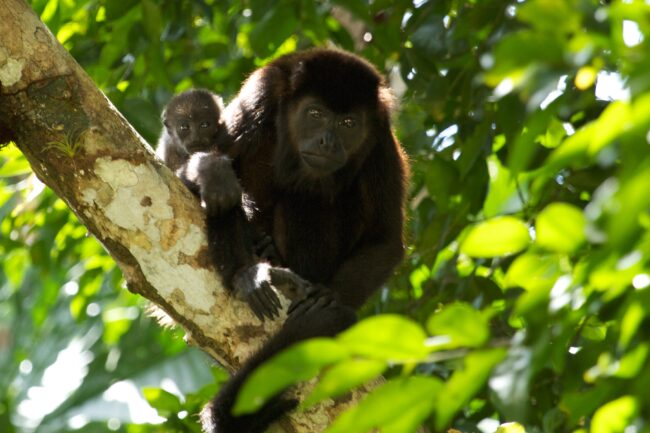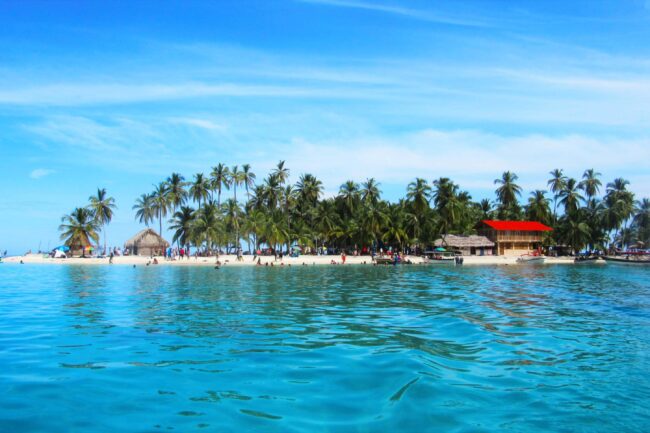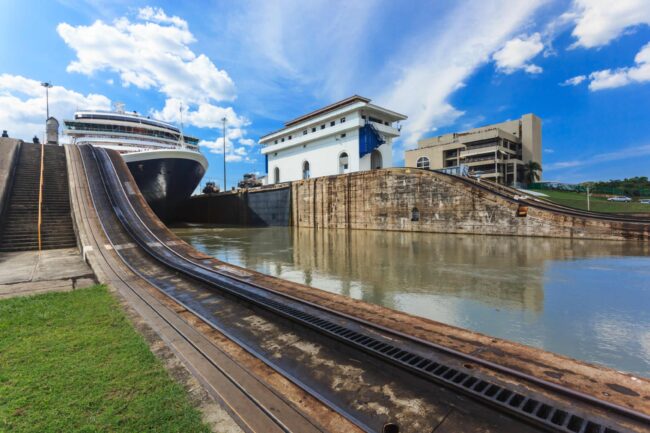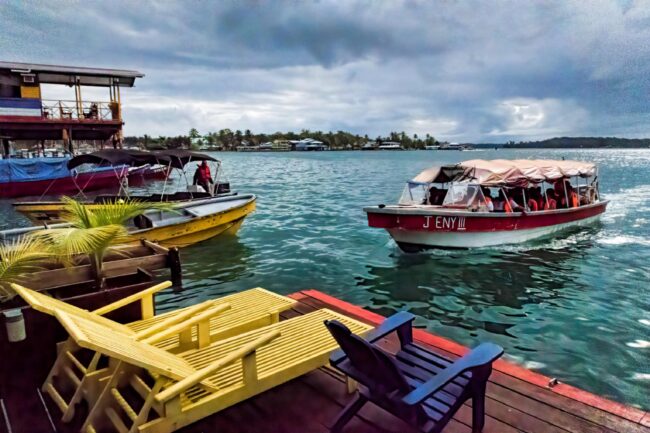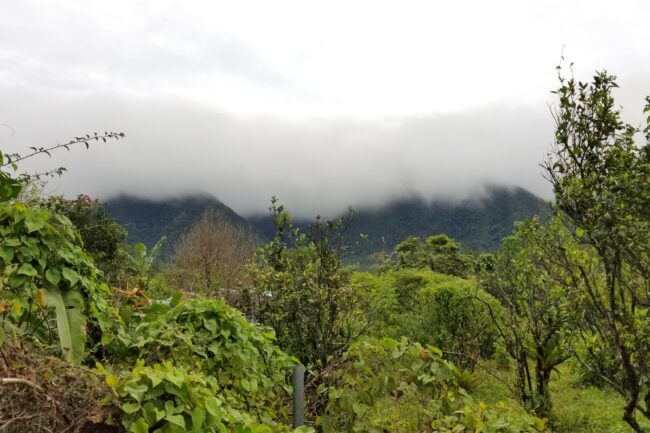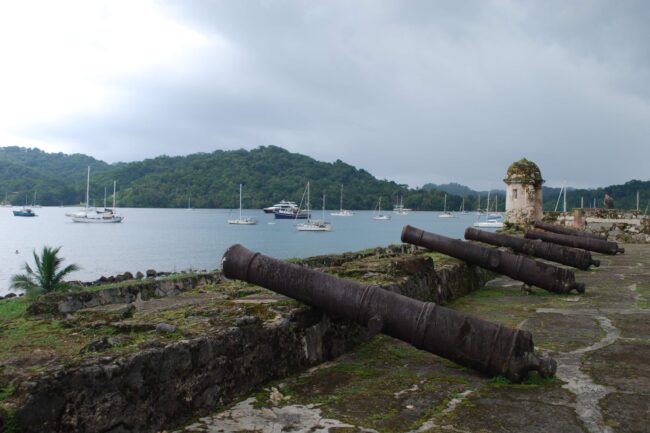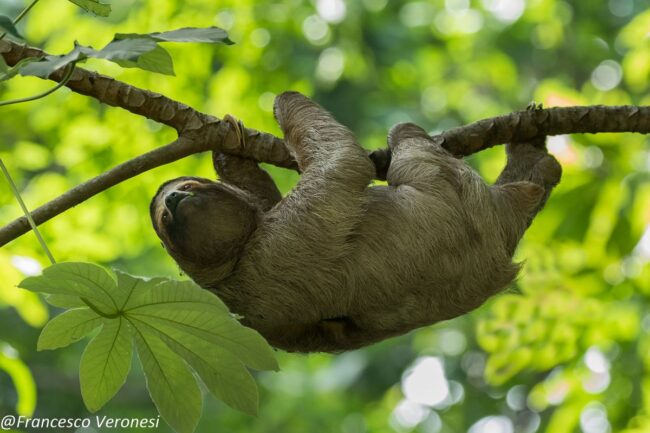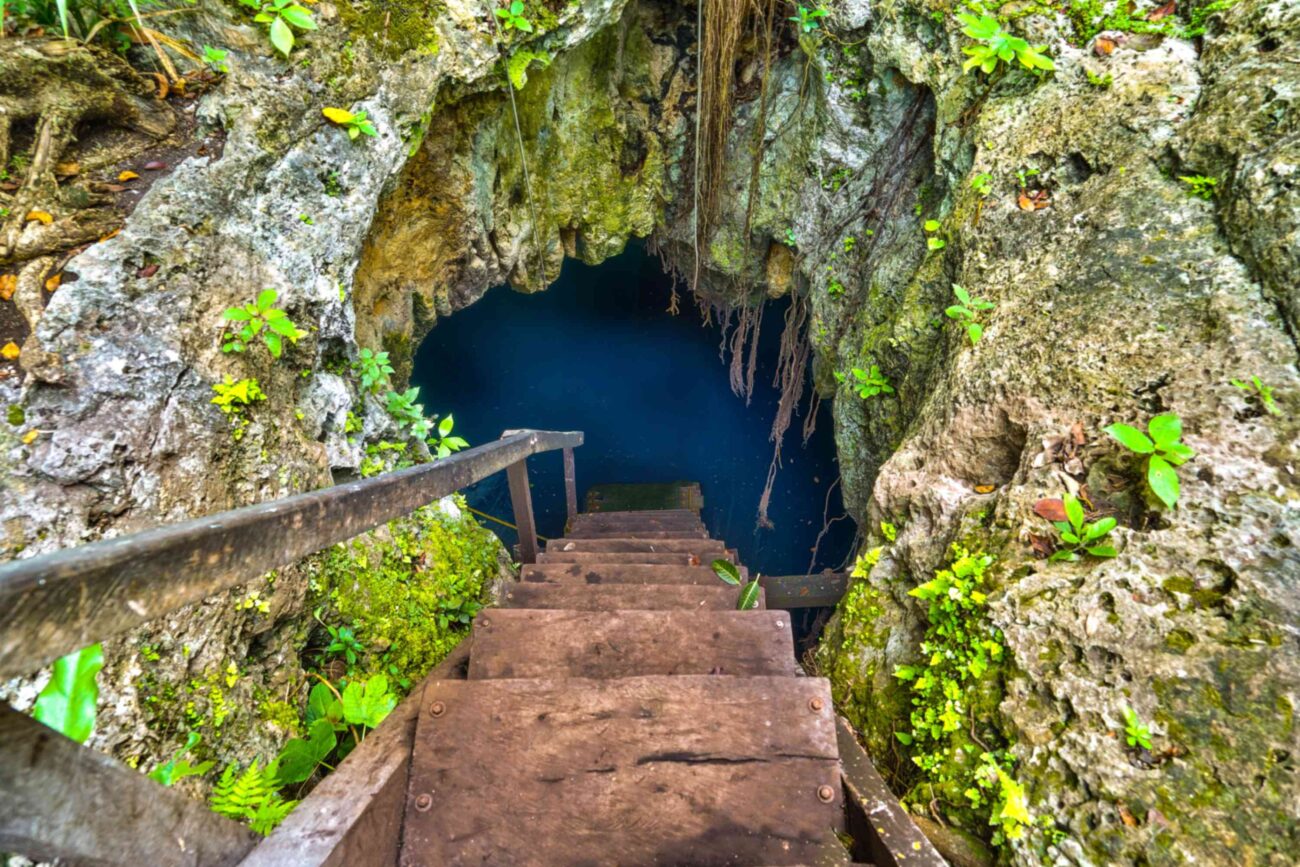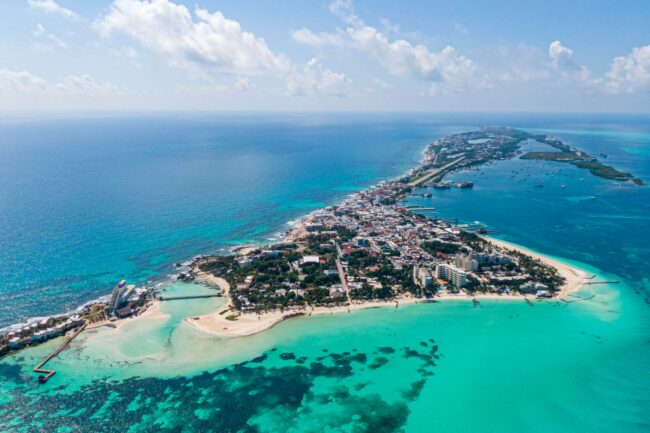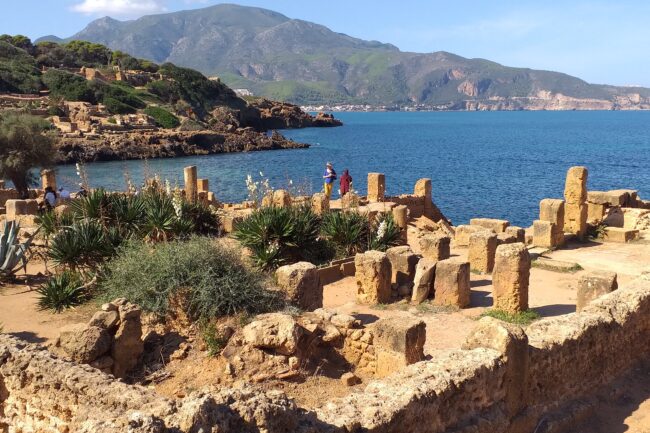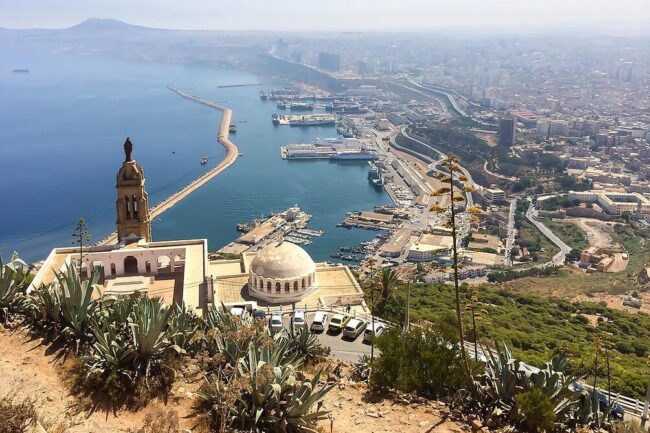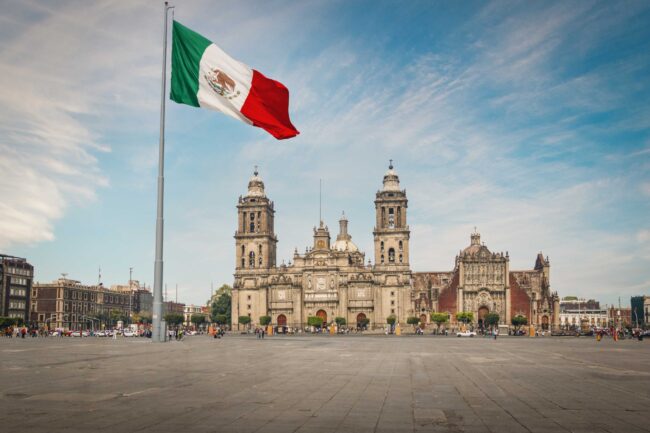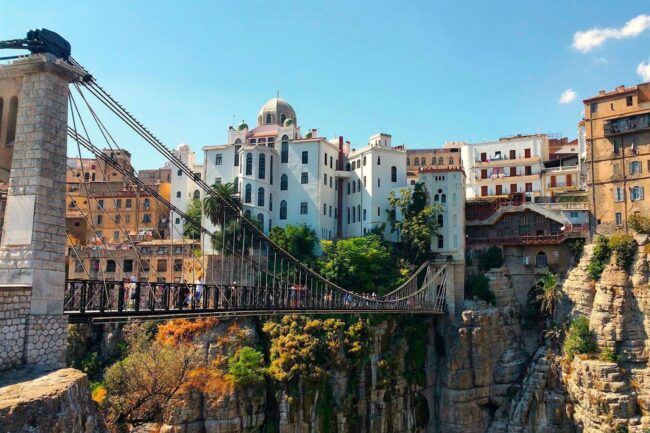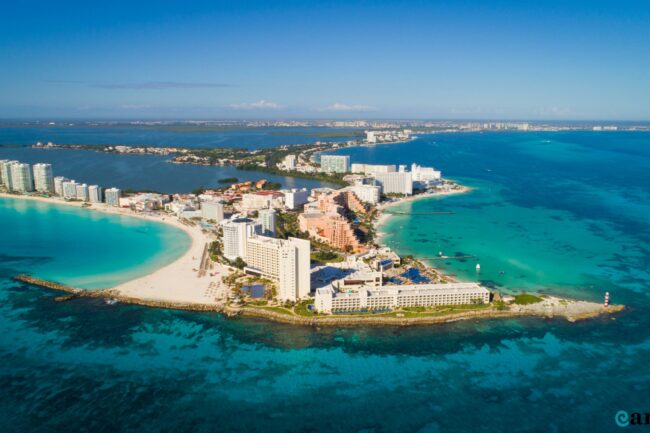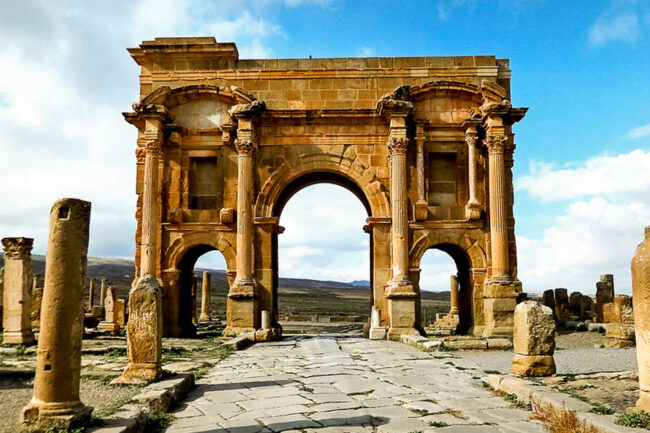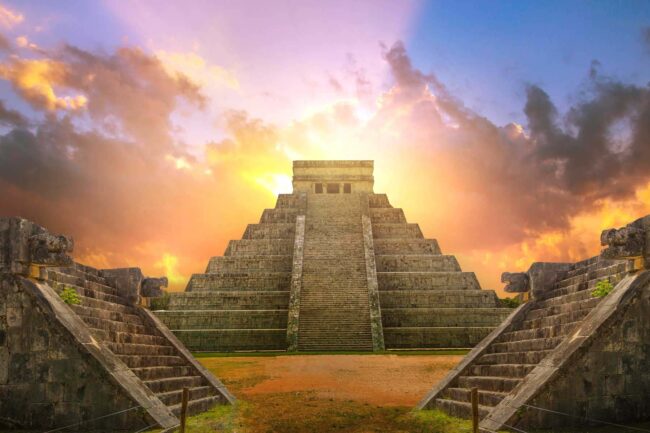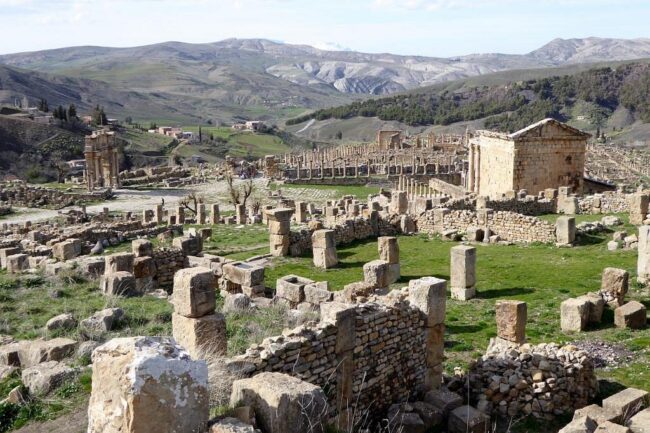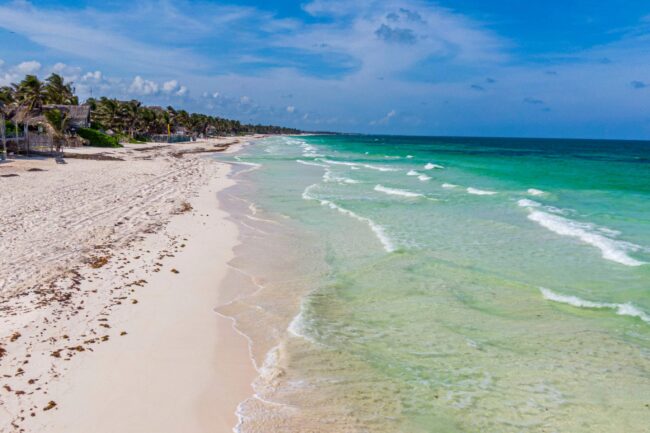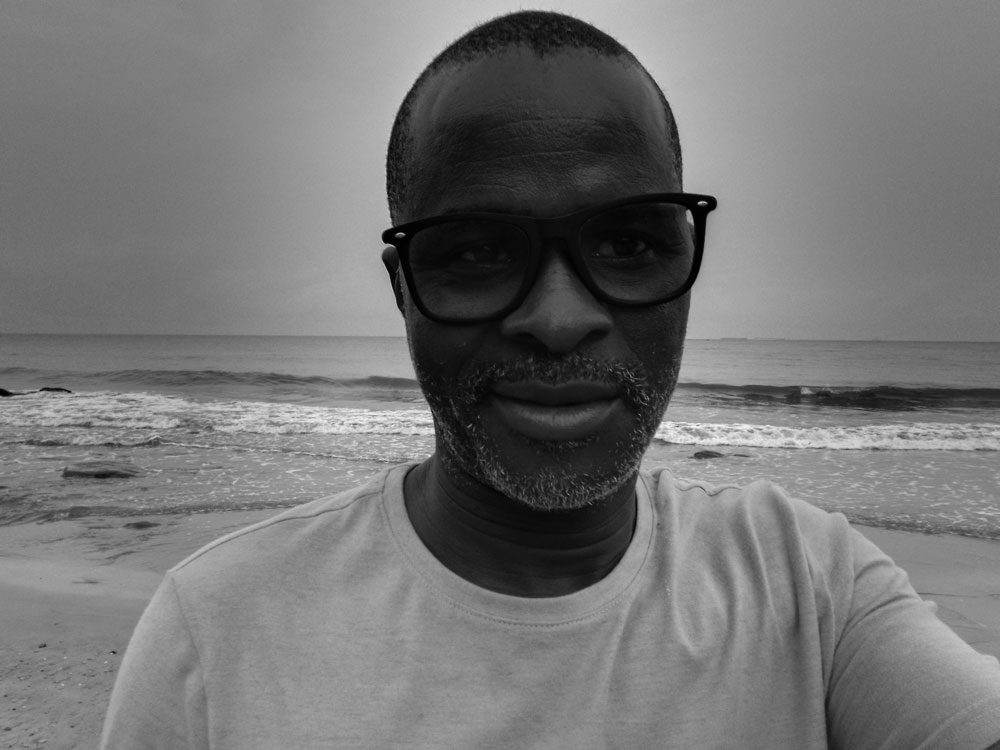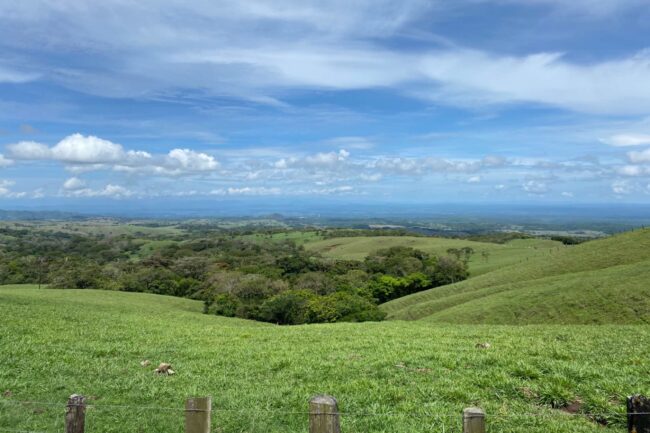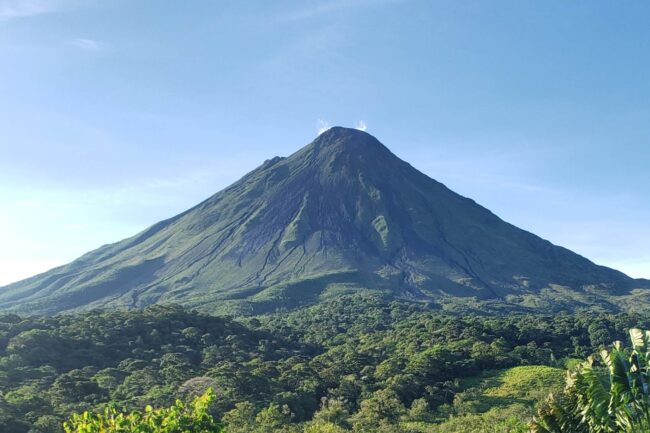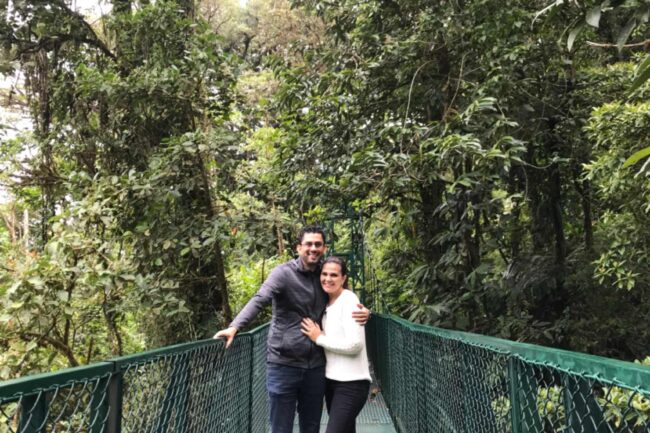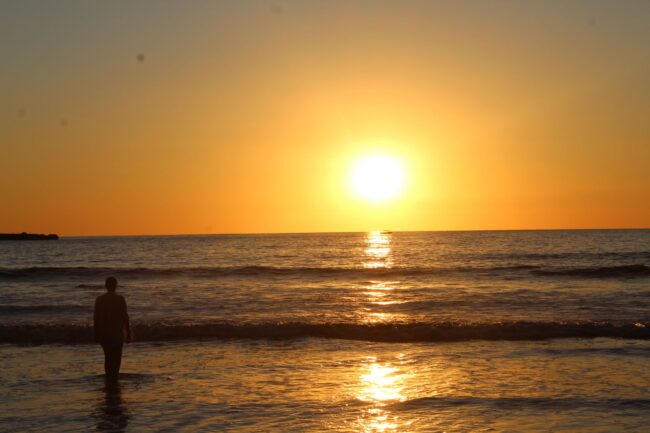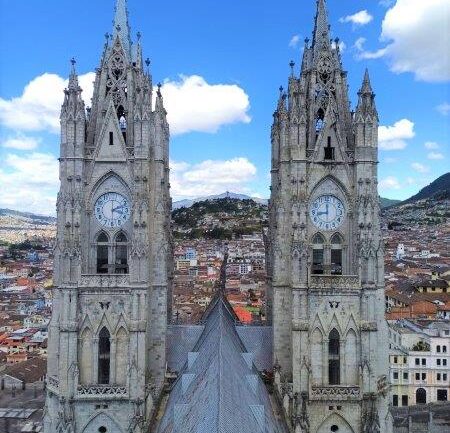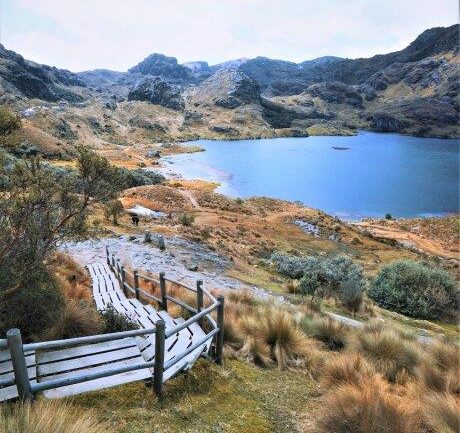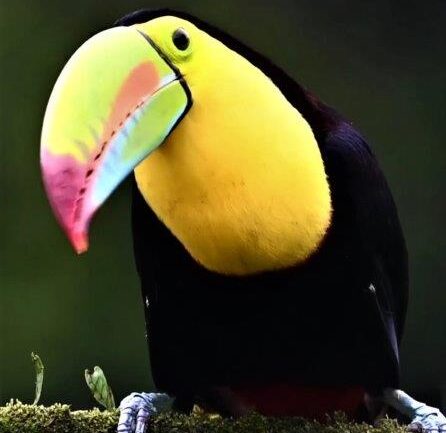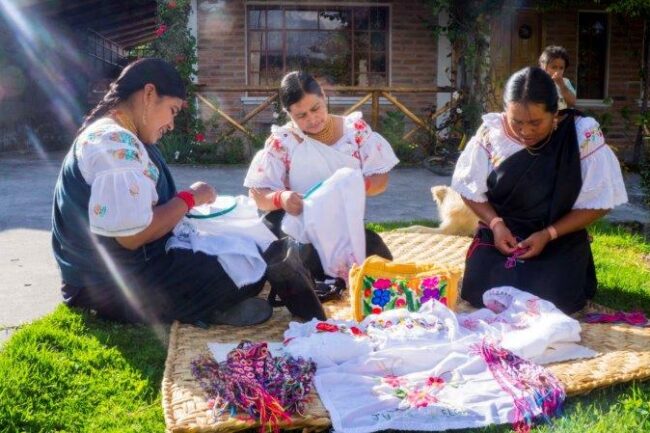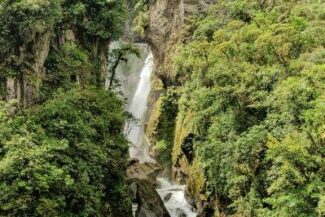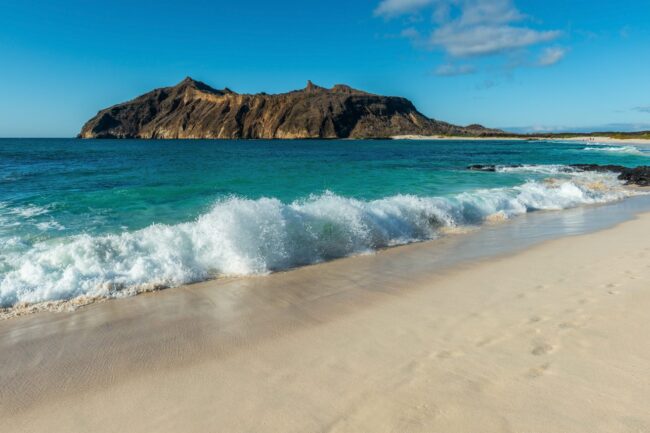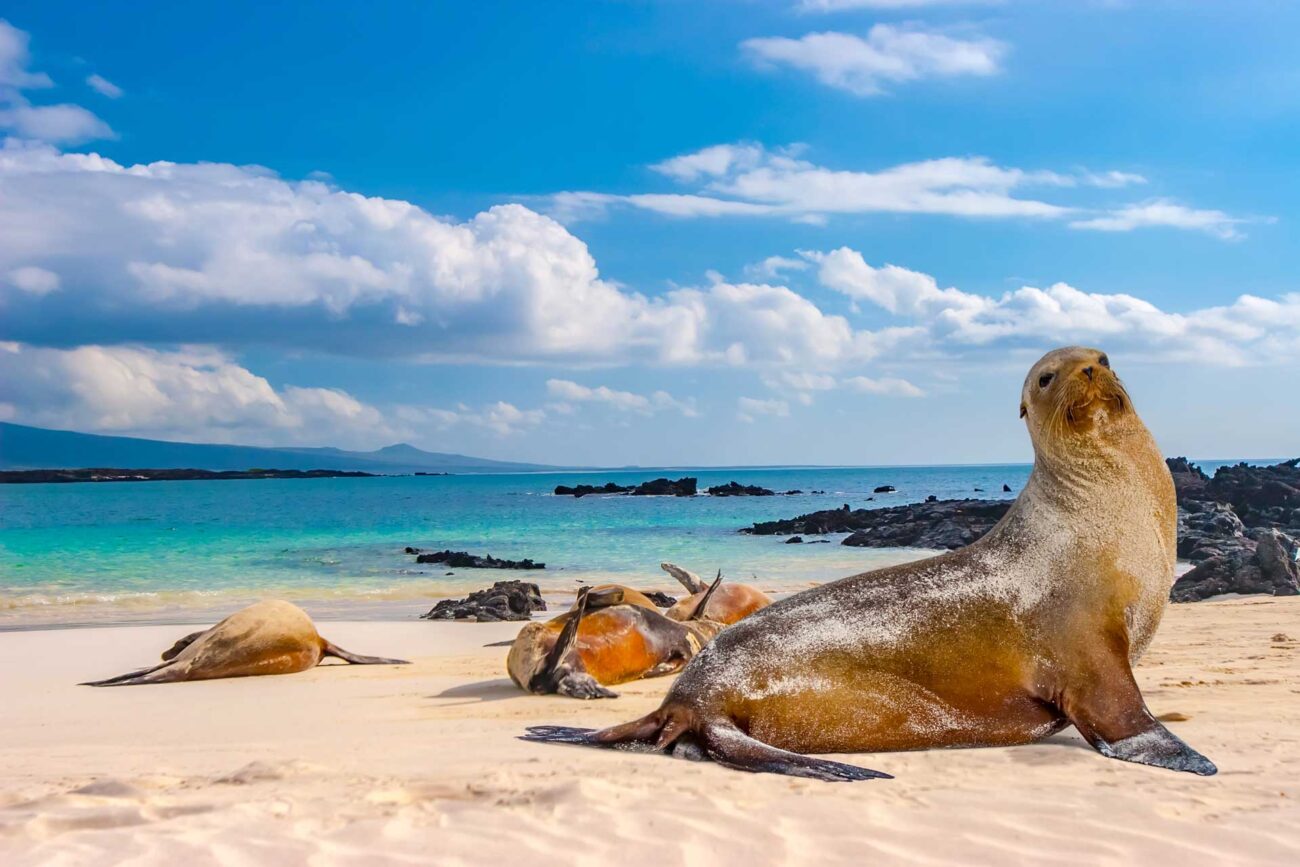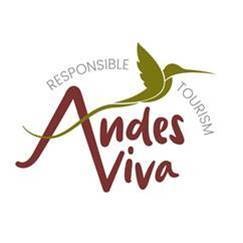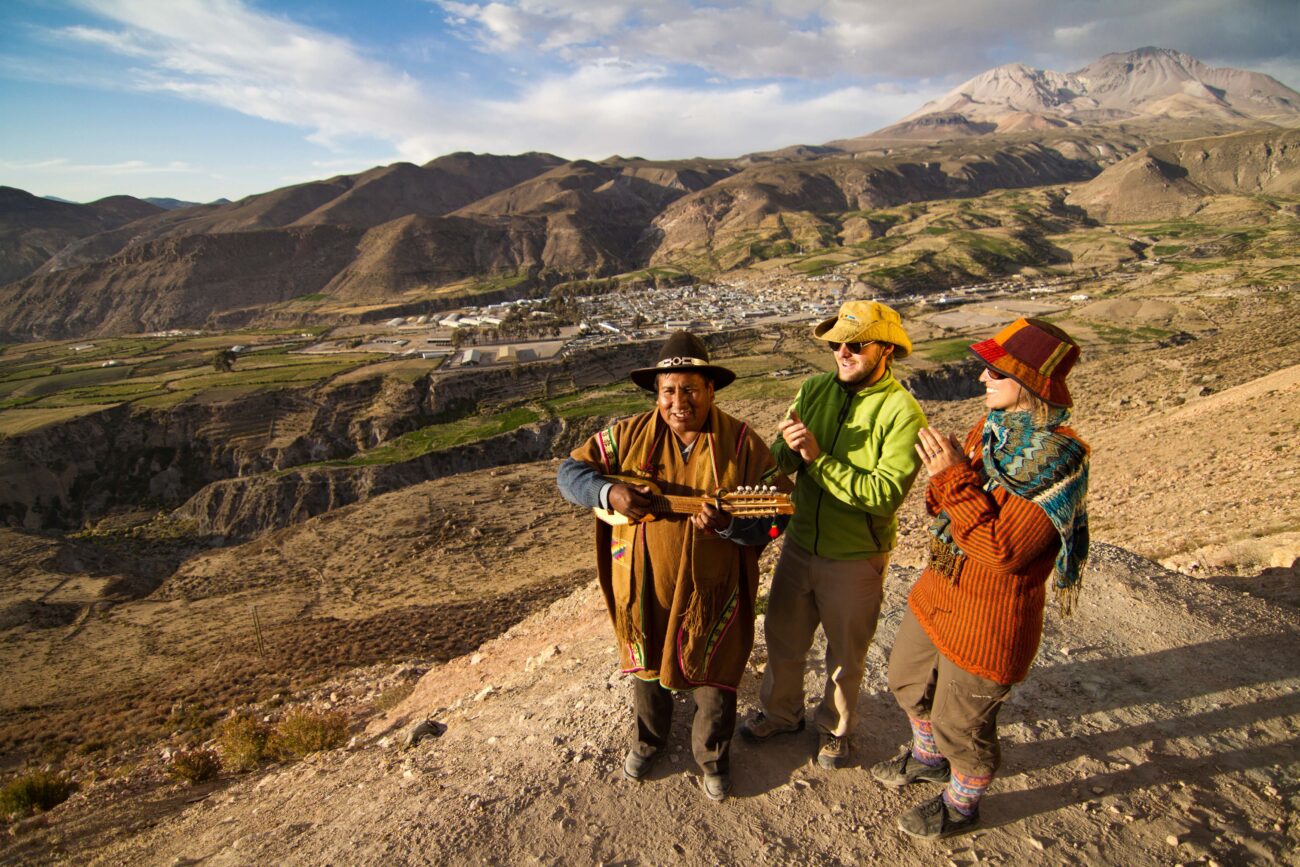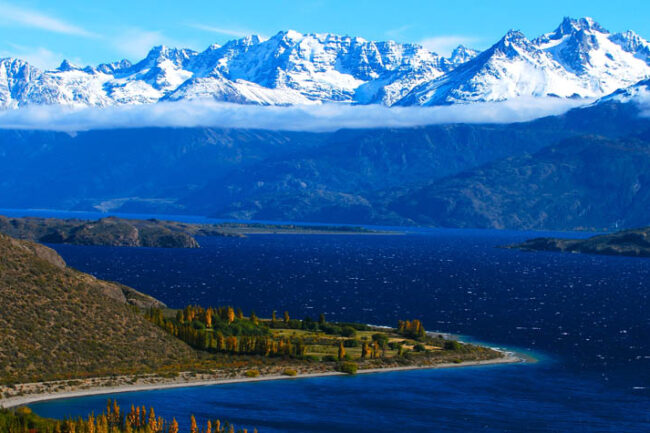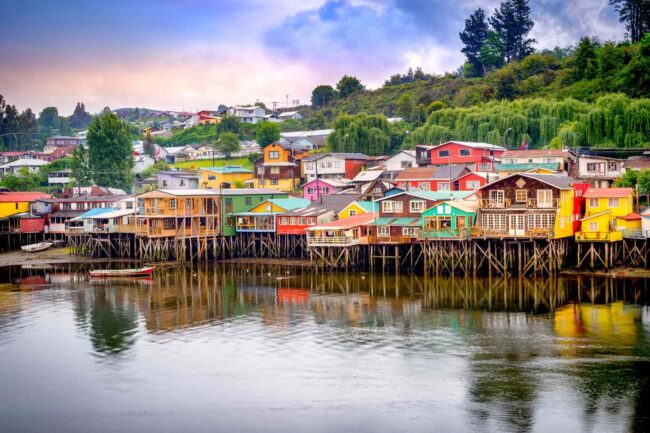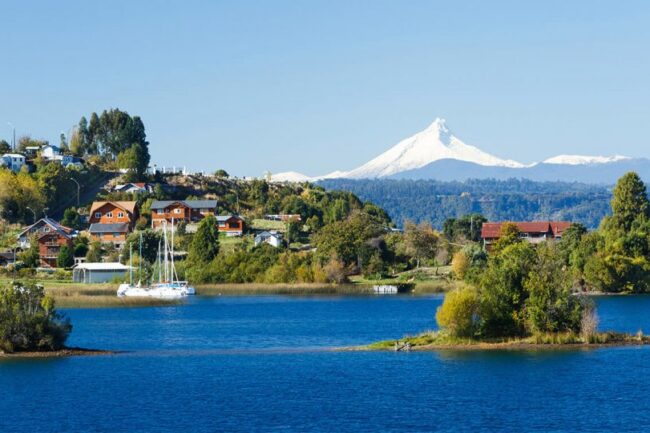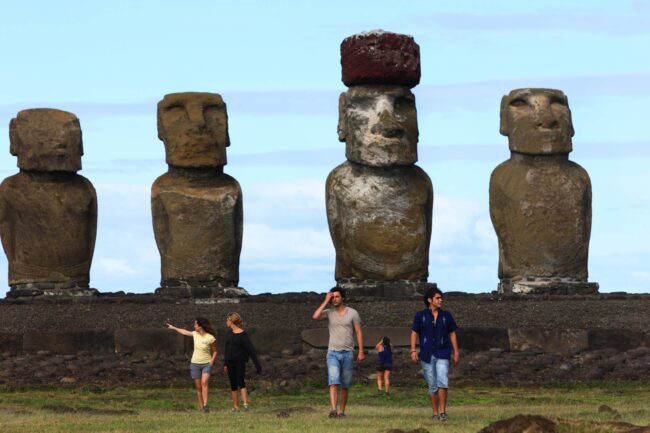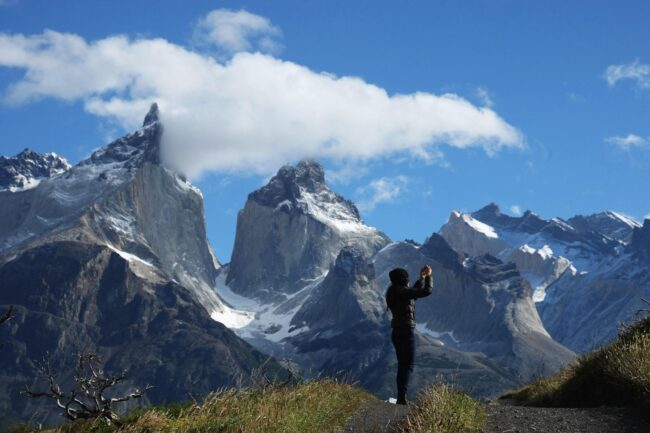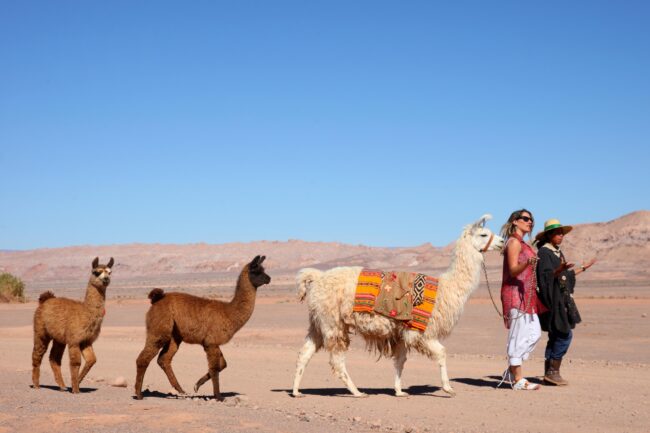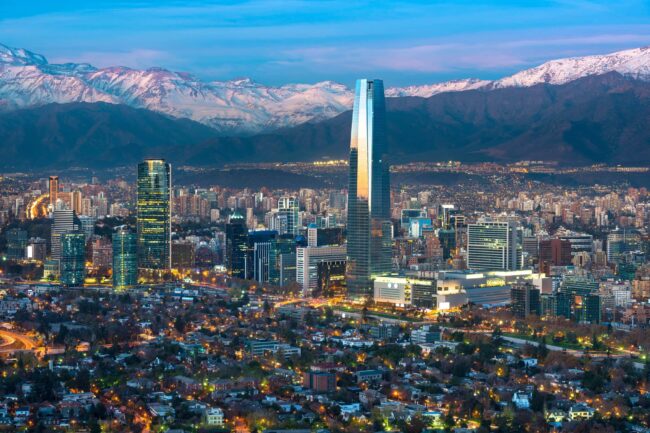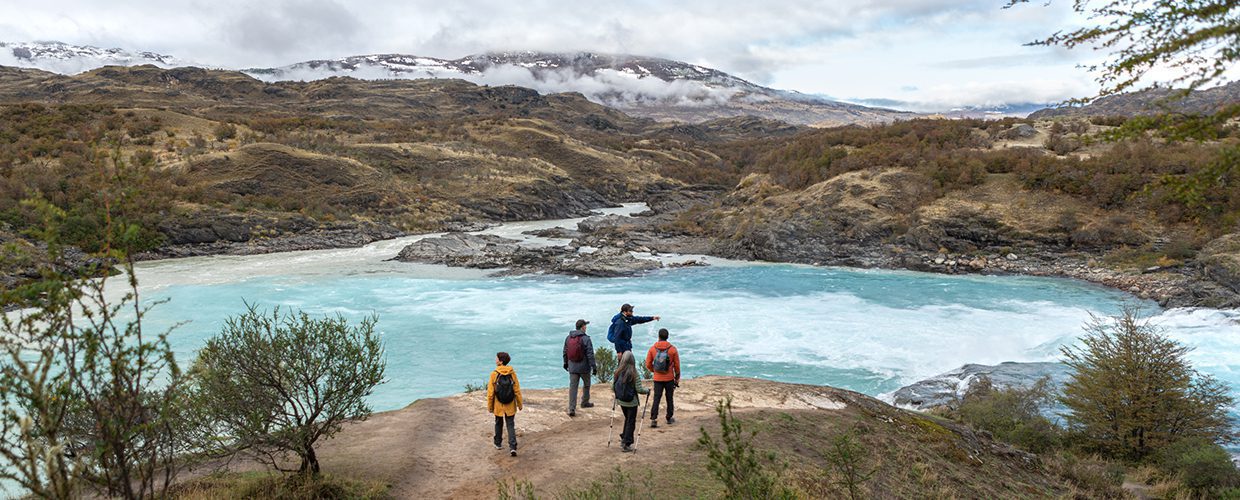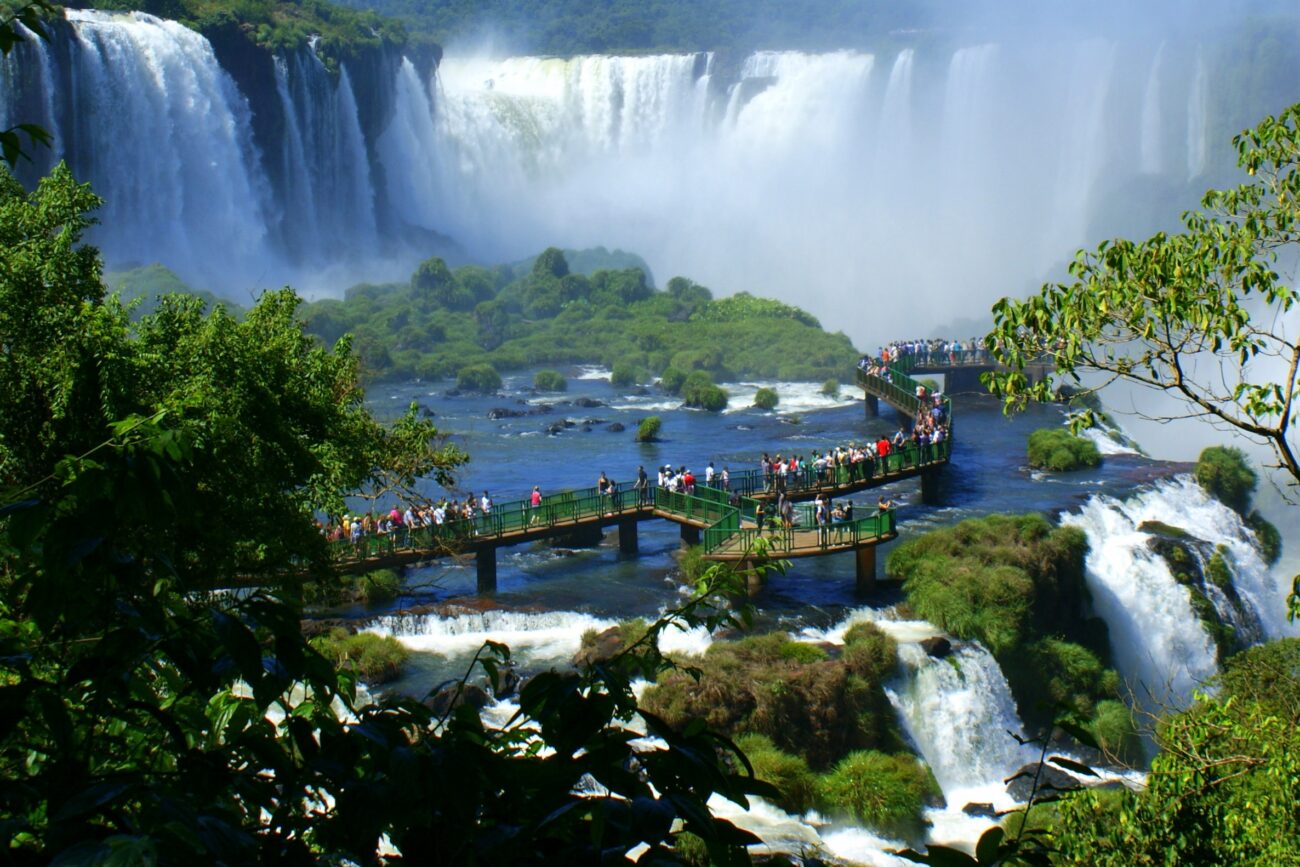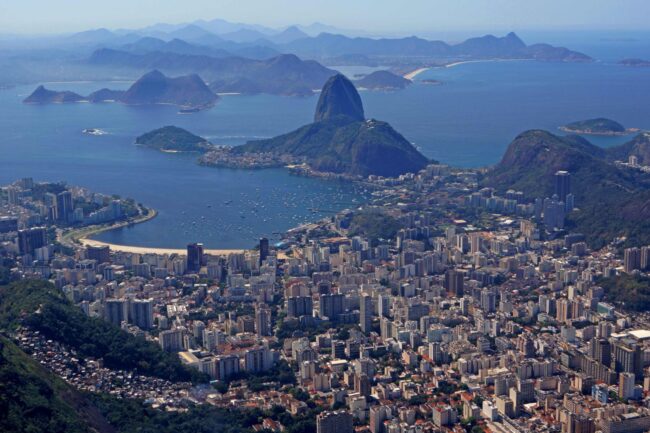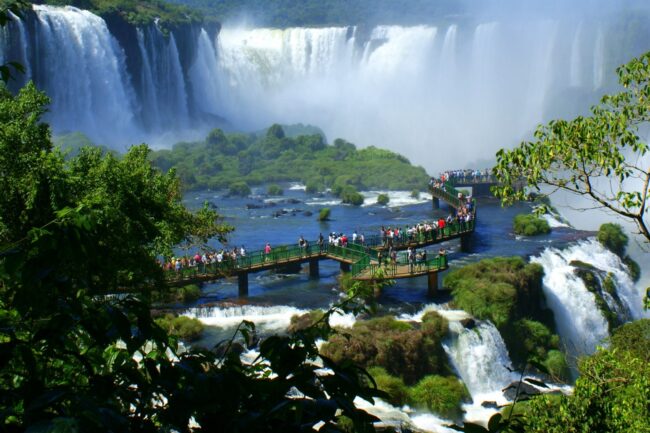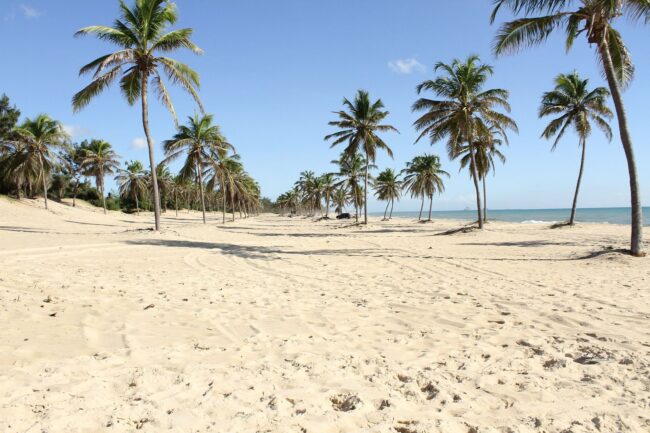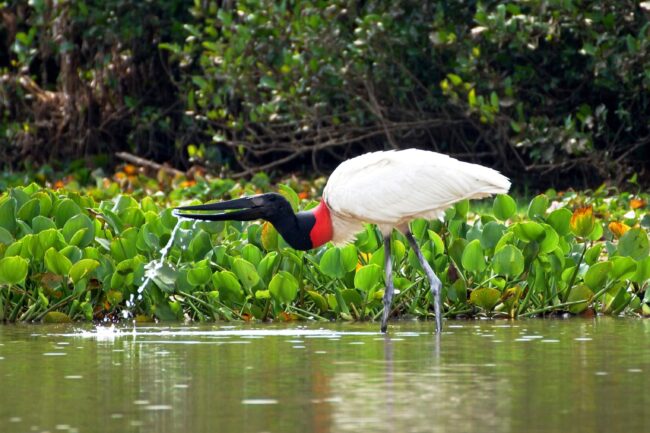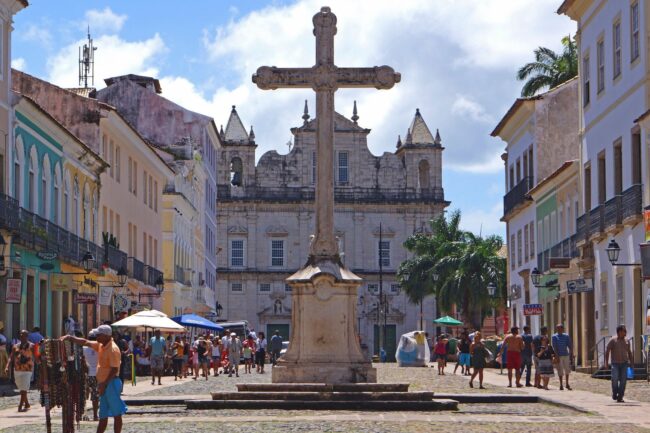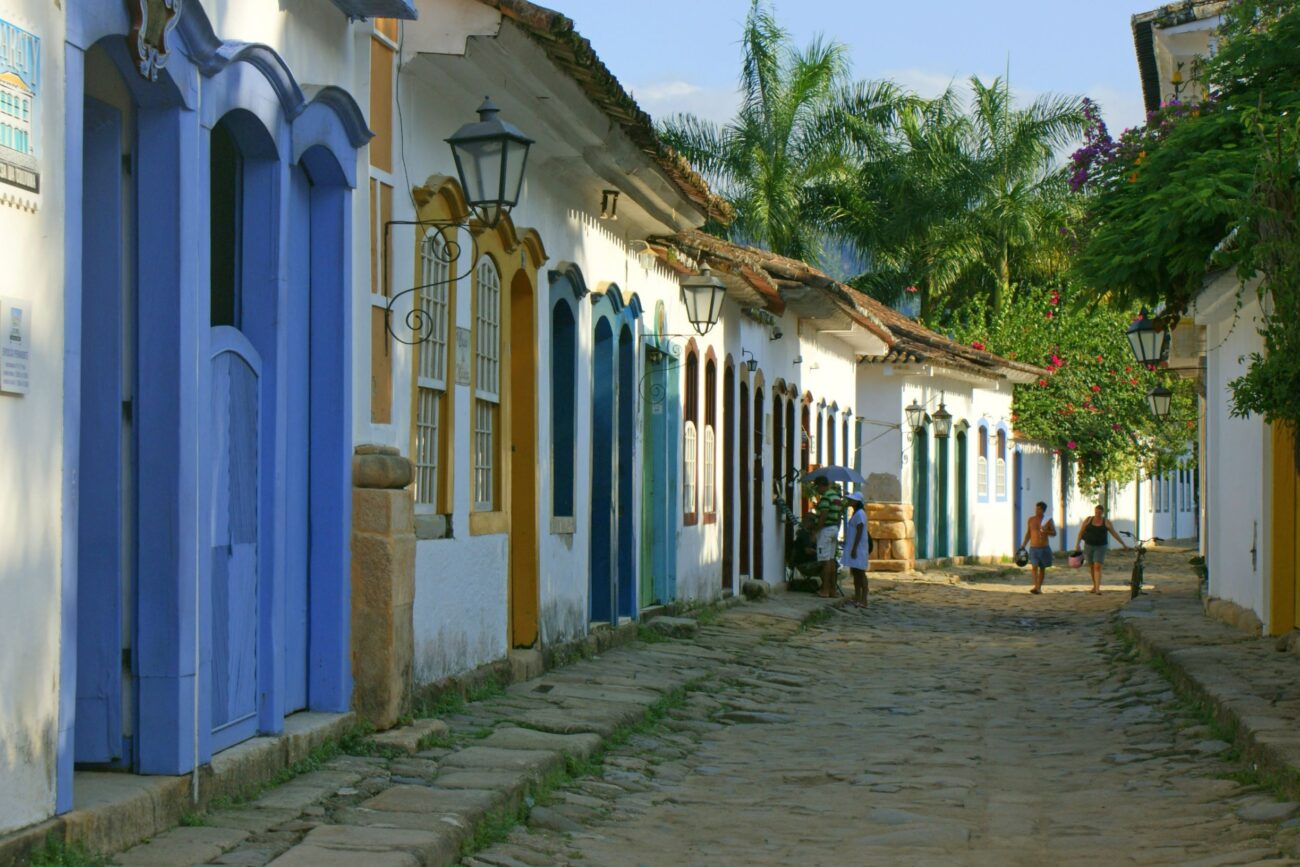Peru
About Inbound Peru
- Originally, their focus was on the inbound travel and tourism market through high-quality “tailored” travel offers, suited for to the needs and interests of the travellers, however, nowadays they are a Destination Management Company – DMC- and have extended their services to MICE, as well as Corporate and High-End segments.
- Their goal is to provide highly personalized, crafted to fit, memorable experiences in Peru to the travellers. They seek to satisfy the interests and needs of demanding travellers designing tailor-made trips which fulfil the different requirements and demands of their clients, as well as to offer regular, traditional tourist packages.
- The experienced staff provides the possibility of enjoying and travelling in Peru with unique, exclusive travel experiences both for vacation, relaxing, culture or adventure, as well as the luxury segment. Due to their deep knowledge of the country, they are able to recommend the best alternatives for each destination, appropriate for the most demanding visitors, either for gastronomy or services, according to the budget and profile of each traveller.


Eduardo Alt
Product & Services
- FIT and Group Travel
- Tours
- Concierge Service for restaurants & attractions
- Excursions & Activities
- VIP Services
- MICE
Top Activities
- Swim with sealions in the morning or enjoy a typical Pisco sour at sundown in a yacht navigating Lima's bay.
- Delight yourself with a Cooking class in one of Lima's best restaurants
- Climb Waynapicchu, after visiting Machupicchu citadel.
- Enjoy kayaking in the Titicaca Lake.
- Try a Tasting Menu at MIL, a very special restaurant near Moray's circular platforms (Sacred Valley). It´s owned by Virgilio Martínez, one of the best chefs in the world, according to different awards.
- Get fascinated by the sounds of the jungle while you're river cruising in a luxury vessel.
Top Selected Tours
Do you need a quotation or more details?
About Peru
The country is fascinating, it offers dream beaches along its extensive coastline, an unexpected charm of still virgin natural reserves and the magic of the Andean world with mythical landscapes such as the Lake Titicaca; all with a modern and exclusive offer of design hotels. Peru is a captivating country, there is always more to discover than one can bargained for. Explore a country full of creative and thriving people and find out that there are still authentic and transformative experiences to experience and enjoy.
One day, you may wake up at the foot of Machupicchu, an eternal city declared one of the 7 Wonders of the Modern World. With 10.000 years of history, the country was the seat of the fabulous Inca empire, but, long before that, millennial civilizations bequeathed to the world superb samples of a glorious past like Caral; the Royal Tombs of Sipán, the most lavish burial in America; the enigmatic Nasca lines and the marvellous Kuélap, among others.
Peru is one of the most diverse nations on the planet, featuring 84 of the 117 worlds biodiversity zones. Where one can go from a vast desert to dizzying mountains and lush jungles in a simple breath. An outstanding country with a cuisine that made the great leap to haute cuisine. Thousands of dances and ancestral music instruments that can be seen and heard in the great festivals and processions.
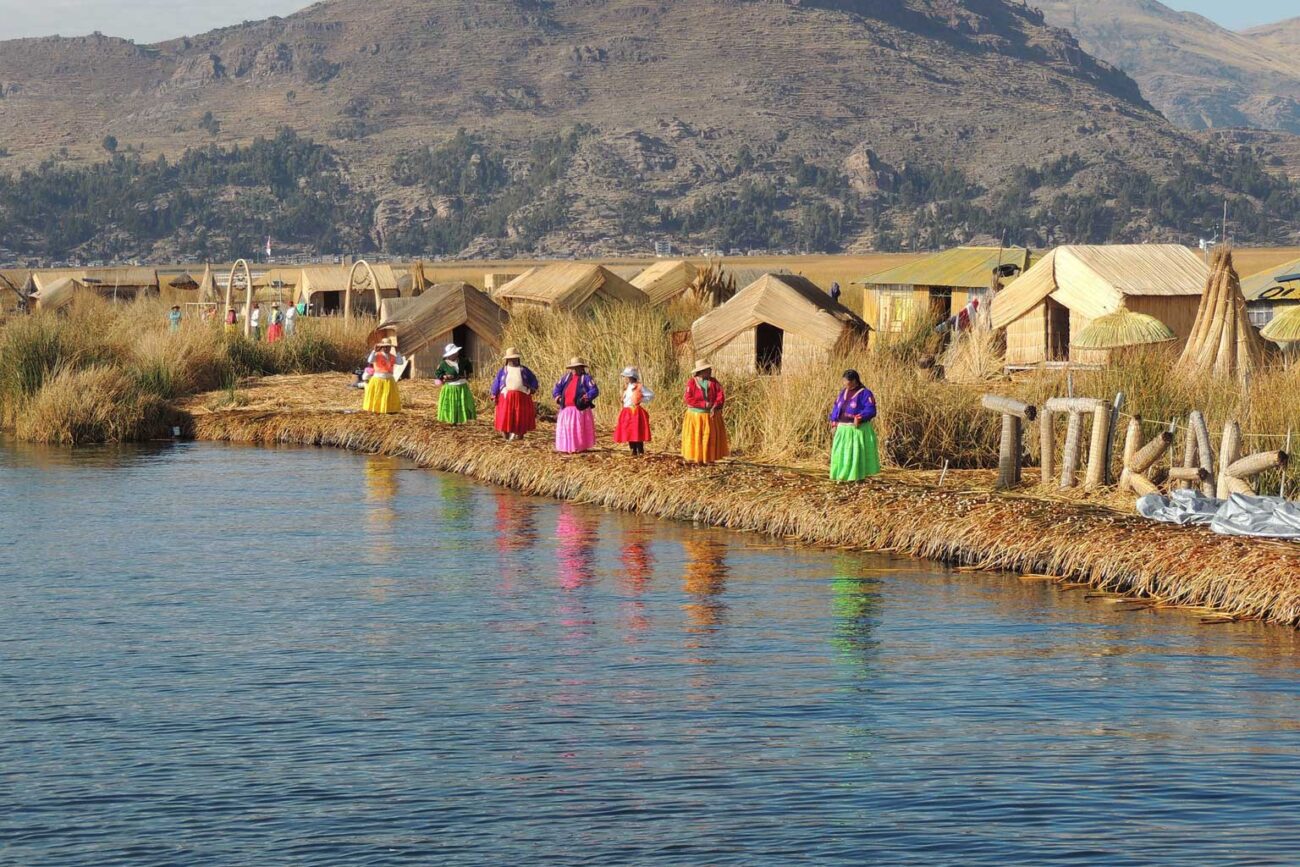
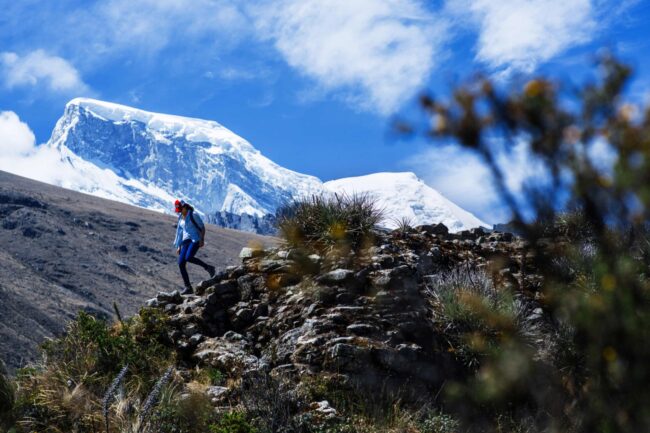
Arequipa and Colca Canyon
Known for its excellent gastronomy and for being the point where you can look from above how condors fly, Arequipa, also known as the white city, sits at the foot of the Misti volcano and on the banks of the Chili River. This vibrant city’s colonial churches and mansions were built in ashlar, a white volcanic stone. The regions beauty with the Valley of the Volcanoes and the Colca and Cotahuasi canyons as well as the cultural heritage here shouldn’t be missed during a stay in Peru.
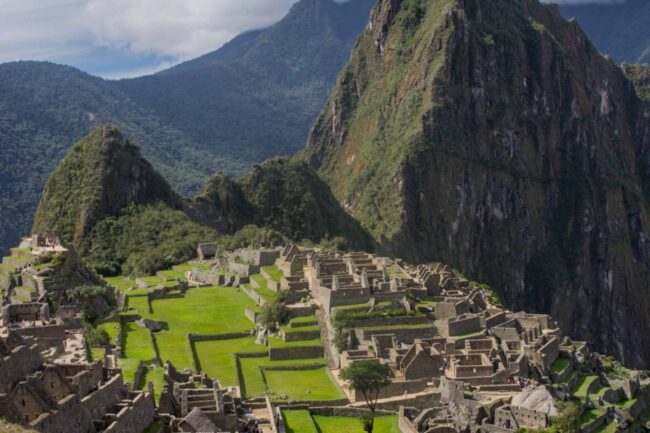
Cusco
The number one Touristic destination due not only to the historic city but cause of Machupicchu. Cusco used to be the capital of the Tahuantinsuyo empire, inhabited by people from the four suyos (regions) of the Inca confederation. Nowadays, Cusco is mainly the starting point for visits to the Sacred Valley of the Incas as well as the world-famous Machupicchu. Declared a UNESCO World Heritage Site in 1983, this site of ancient Inca archaelogical remains is a must visit for all Peru travellers.
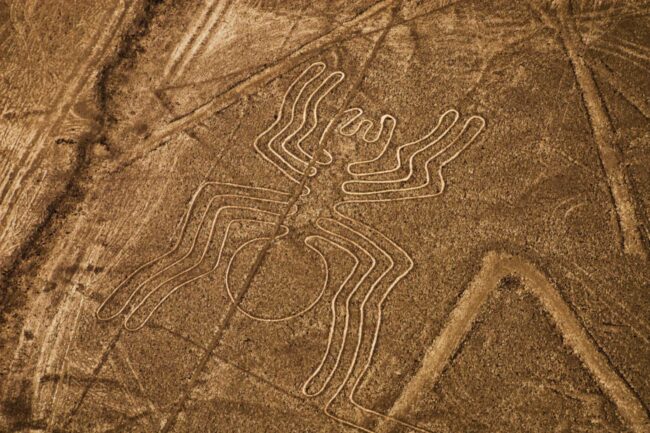
Nasca and Palpa Lines
Located in the desert plains of the Rio Grande de Nasca river basin, this is a mysterious gallery of lines and geoglyphs formed by depressions or shallow incisions in southern Peru between 500 BC and 500 AD. More than 800 drawings, naturally preserved by the region’s dry climate, stretching over 450 km² of hot desert sand. In 1994, the lines were declared a UNESCO World Heritage Site. The full dimension of the area can only be seen from the air.
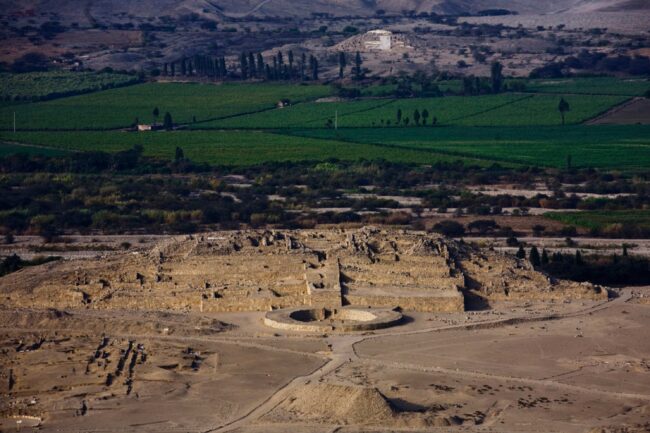
Caral
The origin of Andean culture. Located around 200 km north of Lima, this is the oldest known urban settlement and civilization in the Americas. Caral is situated in the middle of the Supe Valley and was developed at the same time as other great cultures in Egypt, China, and Mesopotamia. The farming techniques and sustainable practices of this sacred city still remain a reference point to this day. Once inhabited by fisherman, farms, artisans and musicians, the place is now in the list of UNESCO World Heritages Sites.
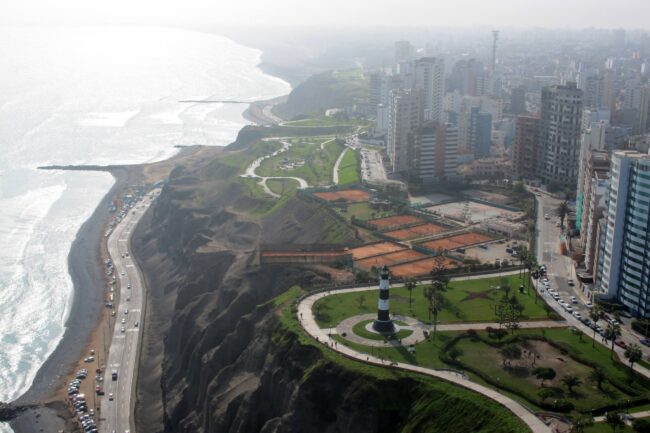
Lima
Peru’s capital used to be a walled city with narrow streets and long balconies, occupied by Limeños enjoying food, life, and an evening filled with board games. Nowadays, only a small part of the City of Kings retains some of these old days, such as the historic centre, the stately palace of Torre Tagle, and the 1610 stone bridge. The city, however, has kept its charm while the inhabitants passionately live by the traditions and their preference for good food. Diverse activities like surfing, swimming with sea lions, urban biking, Peruvian horses show, as well as worldwide recognized museums can also be find here.
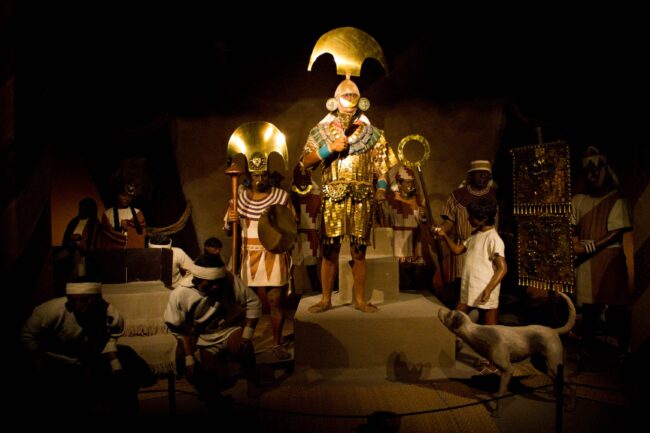
Island of Taquile
A fascinating place where men and women learn to weave and knit since their earliest age. The island’s inhabitants knit while they are walking down the streets of the main square, while sitting at the banks of the stunning Titicaca Lake, or even on their way to their farms. Each man who want’s to get married and share in the community’s decision must knit his own chullo hat and, after the wedding, must weave his new wife’s skirt while she prepares a chuspa or cloth bag with the colours of the rainbow. This way, the cultural identity and memory of this peaceful place has been preserved to this day.
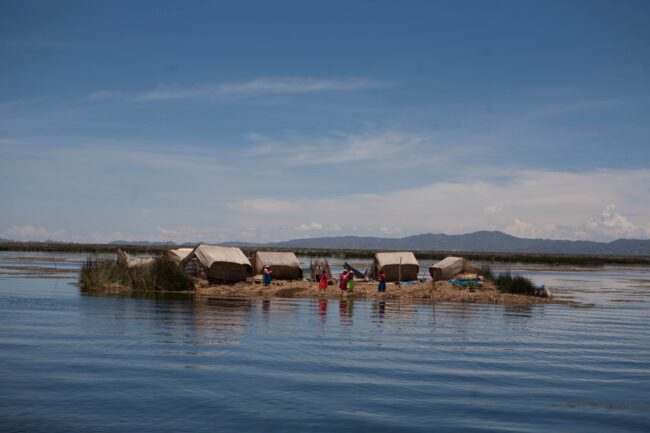
Titicaca Lake
World-famous for its floating islands of the Uros as well as for Taquile and Amantani islands where living cultures can still be found, this deep-blue lake is Peru’s Natural Heritage. Located 3.815 meters above sea level, Titicaca is the highest navigable lake in the world as well as the largest lake in South America. The lake is surrounded by reed beds and offers extraordinary views wherever one looks. In Andean belief, Titicaca is the birthplace of the sun.
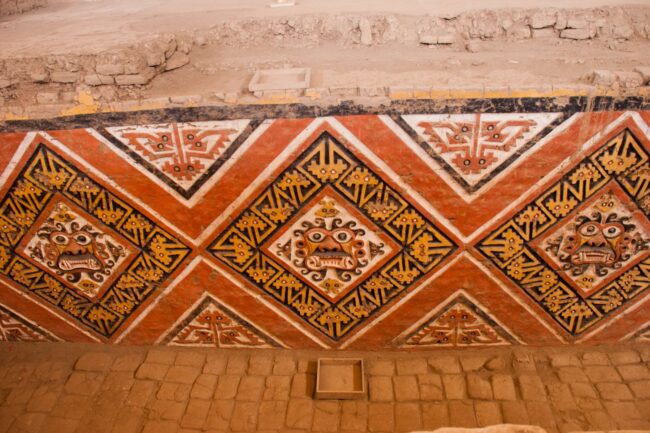
Chiclayo and Trujillo
Northern cities well-known for their excellent gastronomy and for being one of the best spots for archaeology hunters. They share the legacy of the Moche and Chimu cultures, builders of the great Chan Chan citadel as well as the Tomb of the Lord of Sipan. This tomb, once created for this very important Mochica warrior priest, reveals incredibly valuable gold and silver objects while the Chan Chan is the largest mud-brick citadel built by a pre-Hispanic civilization in the Americas. In 1986 it was declared a UNESCO World Heritage Site.
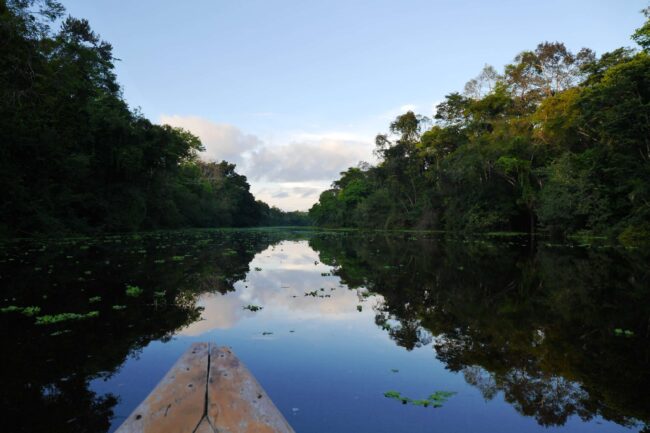
Iquitos and the Amazon Jungle
The Amazon jungle, near Iquitos (North of Peru), is the best place to experience luxury river cruises as well as to get into the deep jungle, sleep in jungle lodges and to watch the wild animals. Special about Iquitos is not just the location in the middle of the tropical rainforest, but also the fact that the city is reachable by boat or plane only. Worth seeing is the notorious Mercado Belén, a vast market as big as a village, which sometimes floats in the Amazon river.


